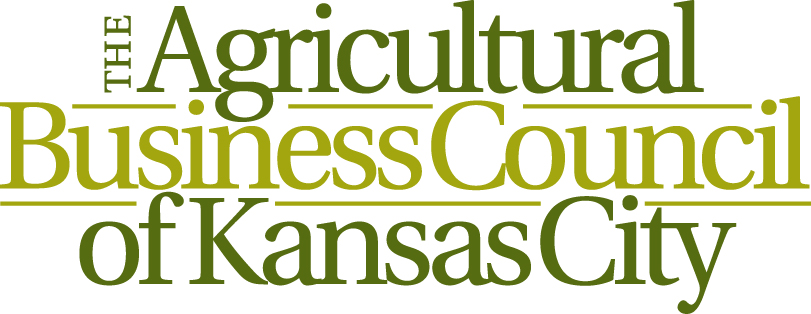AgBiz Council Briefed On Key Issues Facing Kansas and Missouri
/(Left) Missouri Director of Agriculture Chris Chinn; (Right) Kansas Secretary of Agriculture Mike Beam
Missouri and Kansas combined are responsible for almost 7.7% of overall U.S. agricultural production, according to USA By #umbers, a statistics accumulator. That puts the duo in third place nationally and not very far behind California (11.8%) and Iowa (8%). Located side-by-side at the virtual epi center of the Lower 48, Kansas and Missouri represent just about every sector of the nation’s agriculture industry, culture and heritage.
During the Council’s June meeting and luncheon, Chris Chinn, Director, Missouri Department of Agriculture, boasted to Council members that Missouri was ranked nationally in the Top Ten for 12 crop and livestock categories. Mike Beam, Secretary, Kansas Department of Agriculture, described Kansas as a powerhouse of agriculture production and related-industry products. He noted Kansas’s top five ag sectors by output were beef cattle ranching and farming ($8.94 billion); animal slaughter except poultry ($8.83 billion); grain farming ($6.15 billion); meat processed from carcasses ($3.91 billion); and dog and cat food manufacturing ($3.67 billion).
Nevertheless, despite such stellar agri-stats, clouds are gathering, figuratively speaking. Actually, the problem is clouds are not gathering. Director Chinn said, “More than 80% of Missouri is in some stage of drought.” Kansas wheat farmers are bracing for what could be their worst crop in 60 years. Farmers are looking at a harvest that could be 100 million bushels smaller than last year, barely covering input costs.
Secretary Beam worries that drought and pollution are seriously threatening the Ogallala Aquifer. “The aquifer is the principal source of water in one of the major agricultural areas of the country,” he explained. Legislation (Kansas House Bill 2302) is pending that would transfer an additional $35 million to the State Water Plan Fund each year for FY24- FY28 to study the problem and develop solutions.
Director Chinn described another challenge for farmers. A proliferation of black vulture scavengers in Missouri poaching eggs and preying on small newborn animals. If farmers suspect they have a black vulture problem, she said, they should contact USDA APHIS Wildlife Services. Highly Pathogenic Avian Influenza (HPAI) 2023 has also taken its toll on the state’s poultry industry, causing the elimination of 500,000 birds in Missouri. With the installation of solar panels for energy generation, Kansas and Missouri farmers may encounter a situation similar to the 1980s when CRP was introduced to take certain cropland out of production.
California’s Proposition 12, a law California voters passed in 2018 to define the minimum amount of space that farmers must give to cows, pigs and chickens in confinement, also could be a big problem for food animal producers outside the state. The law applies to food products made from these animals and those sold in California, even if the animals were raised and slaughtered outside of the state.


